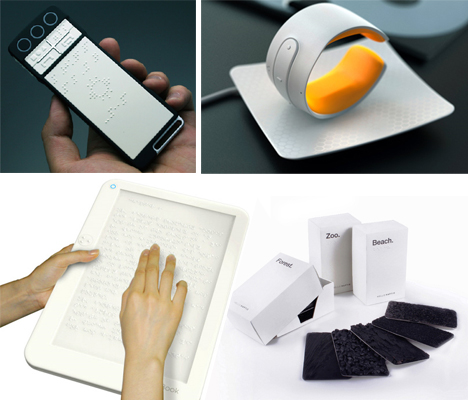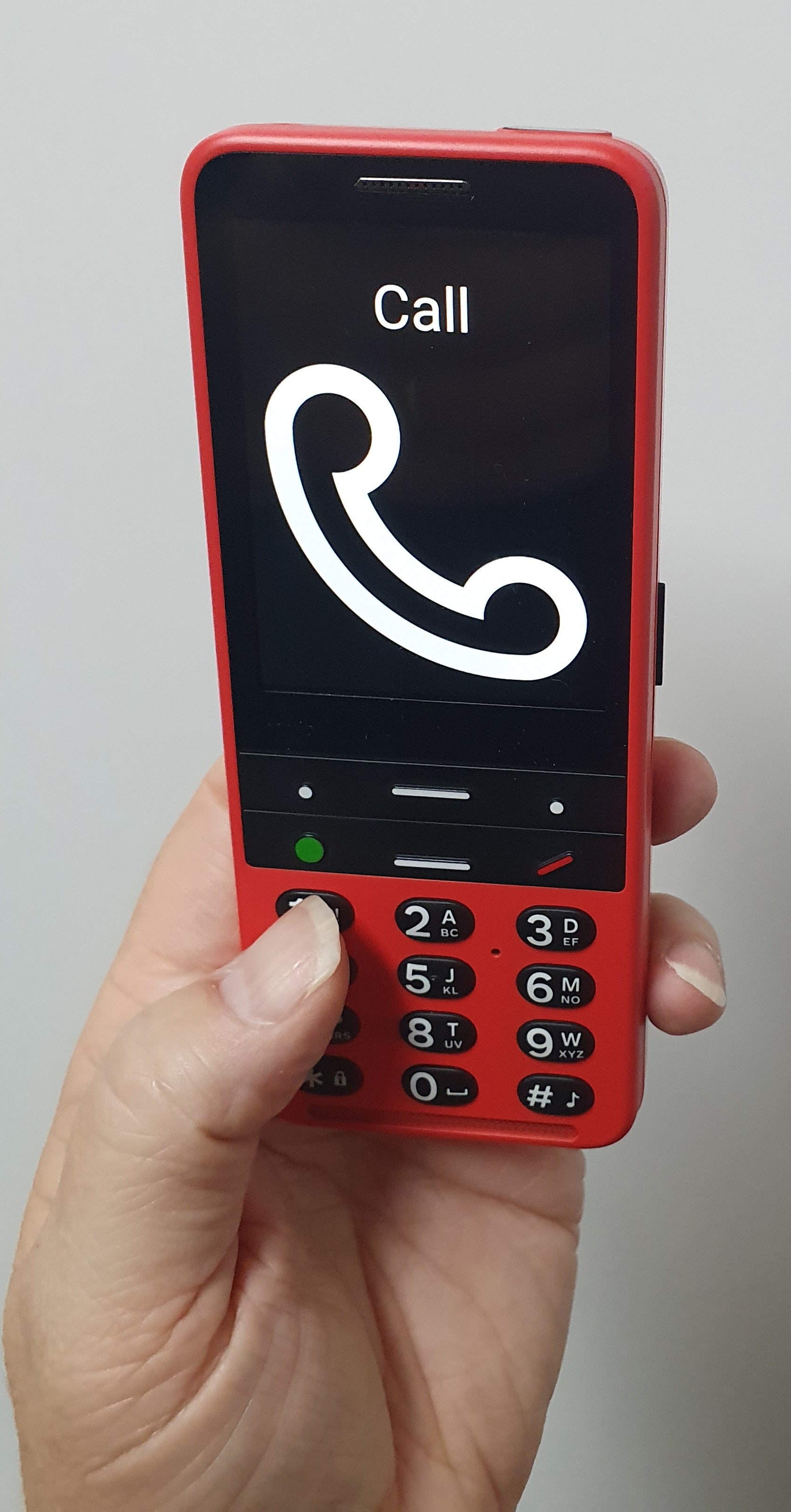OCR Devices for the Blind: Transforming Text into Speech with Ease
OCR Devices for the Blind: Transforming Text into Speech with Ease
Blog Article
A Guide to Life-altering Assistive Modern Technology for the Blind and Aesthetically Damaged
The improvement of assistive innovation has ushered in a transformative era for people that are aesthetically damaged or blind, offering tools that enhance autonomy and enrich day-to-day experiences. Technologies such as clever navigation gadgets and AI-driven applications are redefining exactly how users interact with their environments, while easily accessible reading solutions and clever home innovations promise to further boost the lifestyle. As these technologies remain to evolve, one have to take into consideration not only their capabilities yet also their influence on cultivating self-reliance and inclusivity. What does this mean for the future of ease of access?
Smart Navigation Tools
Smart navigation tools are revolutionizing the way individuals that are aesthetically impaired or blind communicate with their atmosphere. These advanced innovations, which integrate GPS, audio feedback, and haptic signals, supply individuals with essential details concerning their surroundings, improving their self-reliance and mobility.
One popular instance is making use of clever canes furnished with sensing units that discover barriers and provide real-time responses via resonances or audio cues. These tools permit individuals to browse complicated atmospheres, such as busy streets or crowded public rooms, with increased self-confidence. Additionally, wearable tools, such as clever glasses, are being established to assist in identifying faces, reviewing text, and recognizing objects, further enhancing the user's spatial recognition.
Additionally, clever navigation tools are significantly including artificial knowledge to evaluate information and adapt to customers' choices. This individualized method not just boosts navigating effectiveness yet likewise promotes a sense of empowerment among customers. As innovation proceeds to advance, the capacity for clever navigating tools to develop a more inclusive and easily accessible globe for individuals who are blind or aesthetically damaged continues to be encouraging, ultimately reshaping their everyday experiences and communications.
Ingenious Mobile Apps
Mobile applications are becoming powerful devices for helping people that are visually damaged or blind, using a series of functionalities that improve daily living. These apps harness advanced innovation to promote day-to-day jobs, boost availability, and advertise self-reliance.
One group of ingenious mobile applications concentrates on visual recognition. Applications like Be My Eyes link individuals with sighted volunteers by means of video clip telephone calls, allowing real-time aid for jobs such as reading labels or browsing strange environments. Likewise, apps like Seeing AI make use of fabricated knowledge to explain environments, read message, and identify objects, providing users with critical information at their fingertips.
Another significant area is navigating and orientation. Applications such as Aira and Neighboring Traveler provide audio guidance, helping customers navigate urban spaces easily. They supply tailored assistance, enabling an extra positive exploration of the atmosphere.
Furthermore, health and health applications deal with specific demands, such as medicine administration and health and fitness monitoring. These applications intend to promote an all natural approach to health, ensuring that users can maintain their health independently.
Wearable Assistive Gadgets
Wearable assistive gadgets represent a substantial improvement in innovation created to support people who are visually damaged or blind. These gadgets boost mobility and self-reliance by providing real-time comments regarding the surrounding environment. Amongst the most noteworthy wearable modern technologies are clever glasses geared up with sensing units and cameras, which can determine obstacles and relay critical information via sound cues.

Another cutting-edge choice consists of wrist-worn tools that make use of ultrasonic waves to find obstacles and give navigational help. These gadgets frequently feature adjustable settings, allowing customers to tailor the signals to their certain demands.
The assimilation of expert system in wearable assistive modern technology is also notable, as it continuously boosts the accuracy and responsiveness of these gadgets. Overall, wearable assistive gadgets are transforming the lives of the visually damaged and blind, cultivating greater freedom and improving lifestyle with cutting-edge solutions.
Obtainable Reading Solutions
Easily accessible analysis solutions play an essential role in enabling people that are blind or visually impaired to engage with text throughout numerous formats. These options incorporate a series of modern technologies and tools designed to improve reading experiences, from typical print products to electronic web content.
One prominent option is Optical Character Recognition (OCR) innovation, which converts printed message into digital style, allowing individuals to pay attention to or review the web content making use of screen visitors. Furthermore, specialized e-readers furnished with text-to-speech capacities offer personalized reading experiences, enabling users to readjust font sizes and background shades for boosted presence.
An additional reliable approach is braille display screens, which supply tactile feedback by transforming electronic text into braille. This allows people to read via touch, promoting higher independence and accessibility to literary works. Mobile applications developed for reviewing checked publications or files can encourage customers with instant accessibility to a large collection of products (Mobility aids for visually impaired users).

Smart Home Technologies
Smart home technologies have revolutionized the method people that are visually impaired or blind communicate with their living settings, improving both self-reliance Visit Website and safety. These innovative options leverage glasses frames for women automation and connection to produce an easily accessible living area tailored to the demands of users.
Smart audio speakers and voice-activated assistants offer hands-free control over various devices, allowing users to readjust safety and security, temperature, and lights steps through simple voice commands. This functionality reduces dependence on sighted help and promotes a feeling of autonomy. Additionally, clever lights systems can be personalized to provide acoustic feedback or responsive signs, allowing people to navigate their homes extra properly.
Additionally, safety systems furnished with smart cams and sensing units can send real-time signals to customers, improving individual security without demanding aesthetic verification. Automated door locks use assurance, enabling individuals to protect their homes easily.
Incorporating smart home innovations not just enhances everyday living however additionally encourages social communication through linked tools - Wearable technology for low vision. With continuous innovations in assistive innovation, the future appears promising, as more services will arise to more empower individuals who are aesthetically damaged or blind, guaranteeing a much more inclusive and independent way of life
Conclusion
In conclusion, the advancements in assistive modern technology for the aesthetically impaired and blind represent a substantial jump towards improving self-reliance and quality of life. Smart navigating devices, ingenious mobile applications, wearable gadgets, available reading remedies, and wise home innovations collectively promote a comprehensive environment. This assimilation of innovation not only enhances flexibility and everyday living but likewise empowers people to engage totally with their surroundings, advertising greater autonomy and participation in society.
Advancements such as wise navigation gadgets and AI-driven applications are redefining just how individuals connect with their surroundings, while available reading options and smart home innovations promise to more raise the quality of life. As modern technology continues to development, the possibility for smart navigation tools to produce an extra accessible and inclusive world for people who are blind or aesthetically damaged stays encouraging, inevitably reshaping their everyday experiences and communications.
Wearable assistive tools represent a substantial advancement in innovation created to sustain individuals that are aesthetically impaired or blind. Among the most notable wearable modern technologies are wise glasses geared up with cameras and sensors, which can recognize challenges and relay crucial info through sound cues.
Smart navigation tools, jennie glasses ingenious mobile applications, wearable tools, accessible reading solutions, and wise home technologies collectively foster an inclusive environment.
Report this page